
MG Comet EV Review: The Electric Car India has been Waiting for, Finally?
With a starting price of Rs 7.78 lakh (introductory), the MG Comet EV is the most affordable electric car you can buy in India from an established carmaker. But is cutting corners to meet this aggressive pricing?
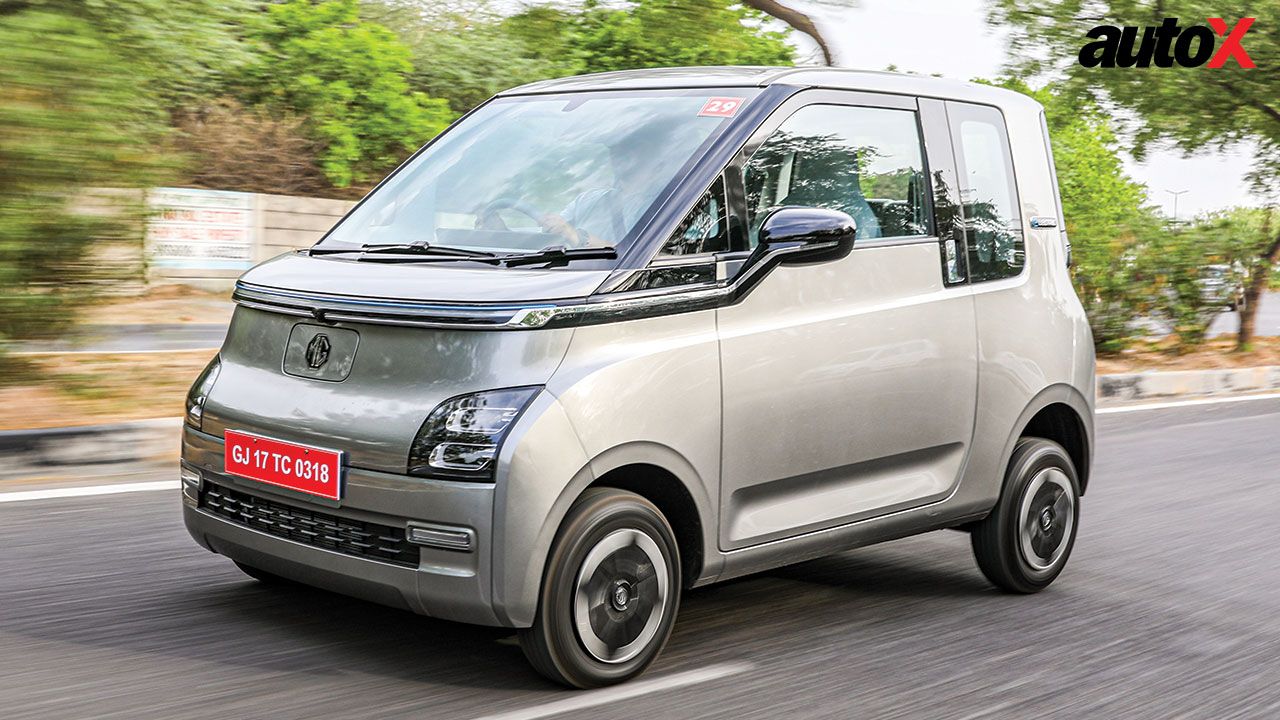
I have been lucky enough to drive almost every single electric car currently on sale in the country, and every time I drive such a car, a lot of people ask me one question – when will India get an electric car for the masses? Fortunately, MG Motor India has the answer to that now in the form of the Comet EV. This latest entrant in the Indian EV segment aims to be an EV for the masses, given its aggressive starting price of ₹7.98 lakh (introductory for first 5000 customers). The obvious question, then, is – has MG cut corners to achieve this price tag?
MG Comet EV Review: An Unmistakable Design
The first thing that you will notice about the car is its dimensions – it’s about three meters long and one and a half meters wide. The illuminated MG logo at the front, which acts as a lid to the charging port, and the connected-light design element both at the front and at the back are other bits that stand out. At the side, there is a single door, which is a sizeable unit in itself. I also like the design of the 12-inch wheels, which surprisingly do not look oddly small, thanks to the dimensions of the car. There is also a large rear quarter glass panel.
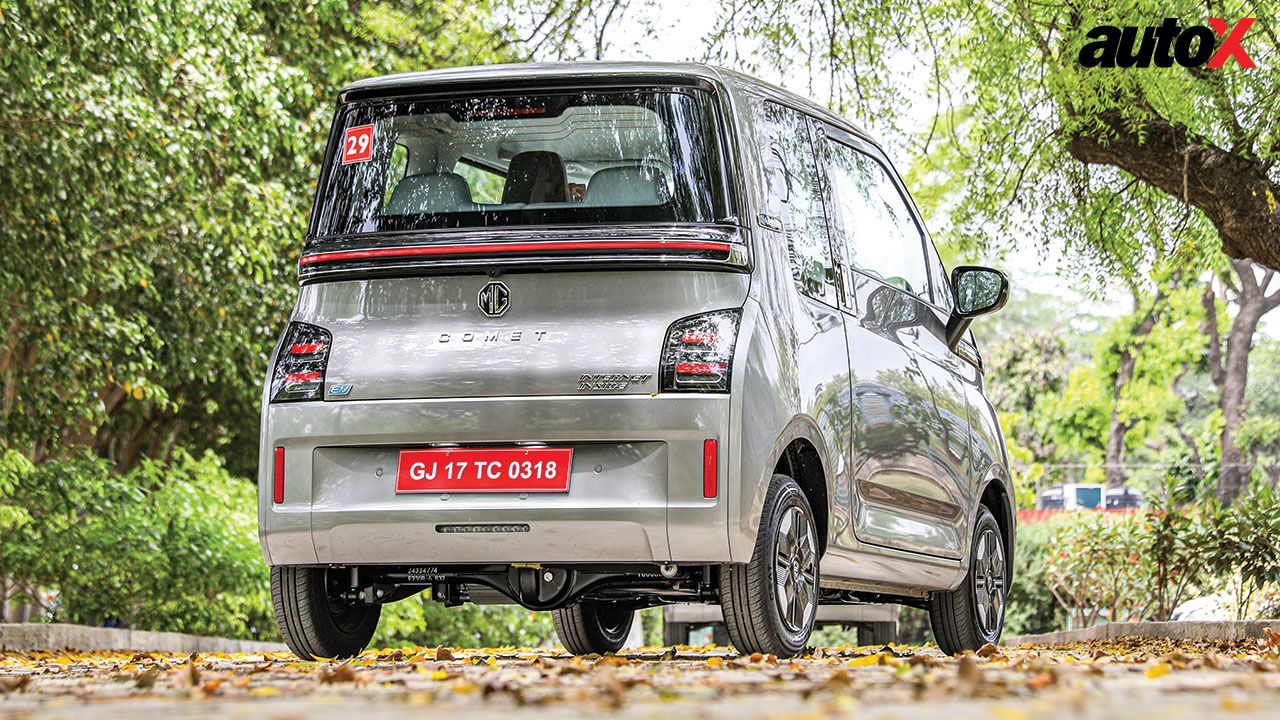
Inside, the quirky design continues. Enter the cabin, and you won’t be able to stop yourself from getting impressed by the amount of space on offer. Sure, it’s not a seven-seater SUV, but you can still sit next to an adult without your shoulders touching. As for the design of the cabin, it is modern and simplistic at the same time. Light colours have been used throughout the cabin, and the iPod-like audio controls on the steering wheel are a nice touch. What brings a sense of modernity is the single panel on the dash, which houses a 10.25-inch touchscreen infotainment system – it supports wireless Android Auto and Apple CarPlay – and a 10.25-inch digital instrument cluster. You also get fast-charging USB ports placed under the dash, alongside two retractable hooks – ideal for hanging your grocery bags.
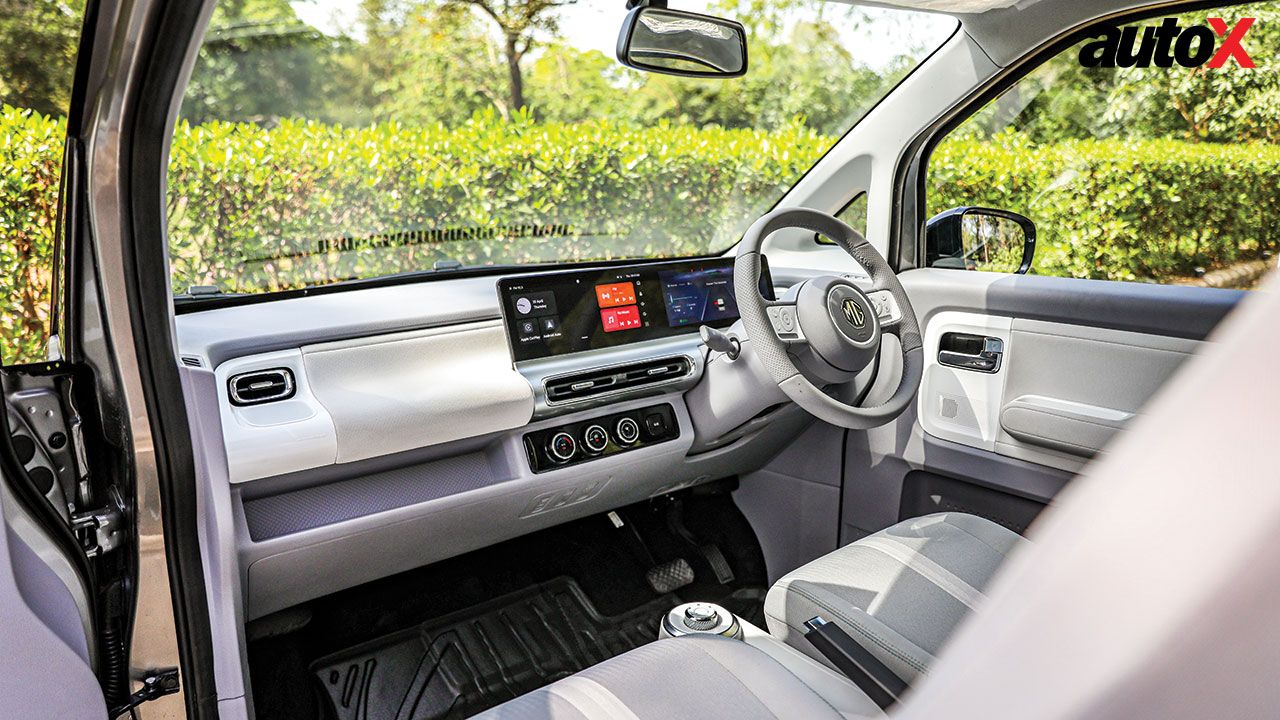
While you don’t get a conventional glovebox, there is ample storage room inside the car, thanks to the clever use of space in the doors. I did mention that they are quite large, didn’t I? This has allowed MG to extend the cup holders in the doors to such an extent that even rear-seat passengers can use them – they can even house a full-size laptop if required. There is a neatly placed slot in the door handles on the inside too, which can be used to store your phone. Other feature additions include a 12-volt power outlet, an inside rearview mirror with the day / night function, and cup holders that are placed right in front of the AC vents. The floating dash design also gives you the feeling of space. What’s interesting is that there is no conventional keyhole or engine start / stop button – you have to press the brake lever twice to start the car. It locks and unlocks itself by sensing the key fob’s proximity.
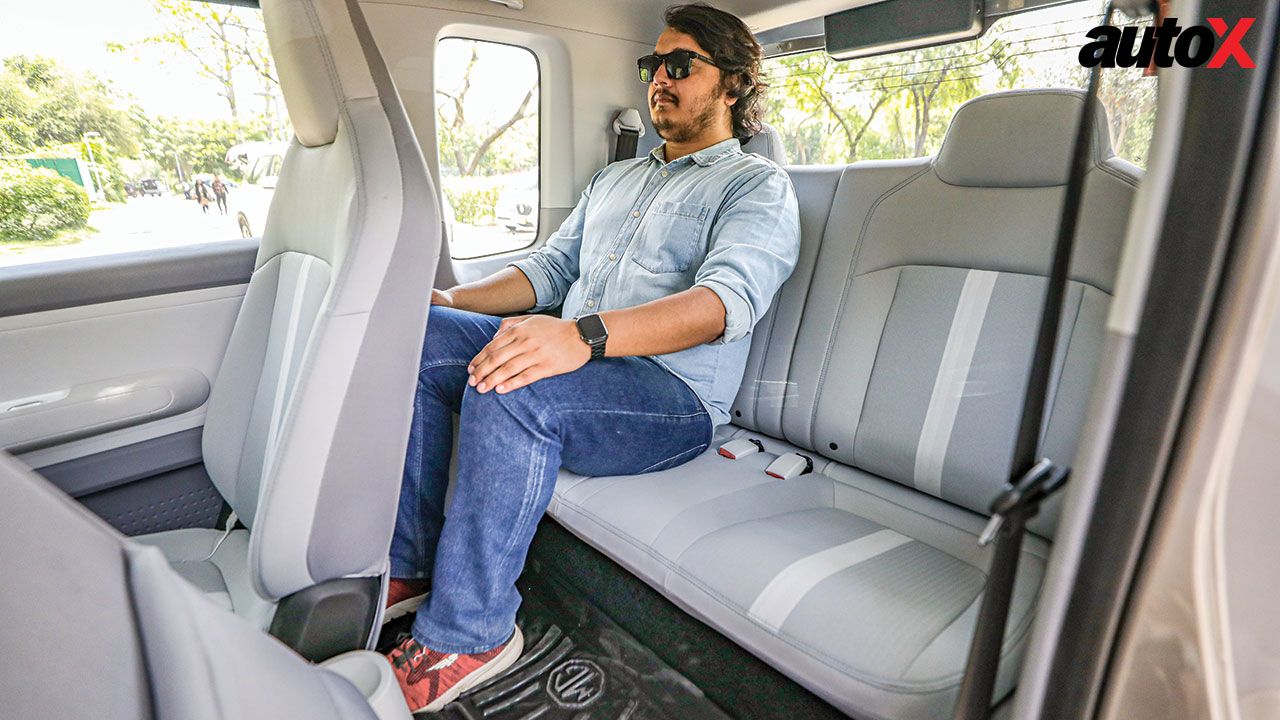
While in the driver’s seat, you get high levels of visibility outside. I am 5’10”, and I was able to comfortably sit in the front and adjust the driver’s seat to my liking, and there was still enough space at the back for someone of my proportions to comfortably sit. This was rather surprising, for I did not expect the Comet EV to be a proper four-seater, given the car’s dimensions. Lastly, the boot space is negligible and, at best, you can store a couple of laptop bags. However, if you are someone who mostly commutes alone or with a single passenger – the kind of use, according to MG, that the Comet EV is built for – you can fold the rear seats down, which frees up a decent amount of space at the back in case you need to carry something bigger.
MG Comet EV Review: Sensible First, Enthusiastic Later
Once you start driving the Comet EV, you realise that almost every decision has been taken to make it a car that you’d choose through common sense and not enthusiasm. And once you accept this approach, the Comet starts to make a lot of sense. It comes with a 3.3kW charger as standard, and while it’s not a fast one, it does the job, given that the battery pack is only 17.3kWh. This results in a claimed 0 – 100% charging time of seven hours and 10 – 80% charging time of five hours. Put simply, overnight charging will give you a full charge for the next day.
As you set off, the first thing you’d note is the absence of a creep function, which means that the car will not accelerate, or creep forward at slow speeds if it is in Drive and you take the foot off the brake pedal, unlike other electric cars. As for the brakes, they are decent and come with three levels of regeneration, which can put a bit of charge back into the battery. What stands out is the manoeuvrability of the Comet EV. Its small size allows you to sneak into gaps and openings in traffic, but you should keep in mind that other drivers would not expect a car of this size to scoot in, which can take them by surprise. Moreover, with a turning radius of just 4.2 metres, it can easily take a U-turn on narrow roads. It goes without saying that you won’t have to spend hours looking for a parking spot for this EV.
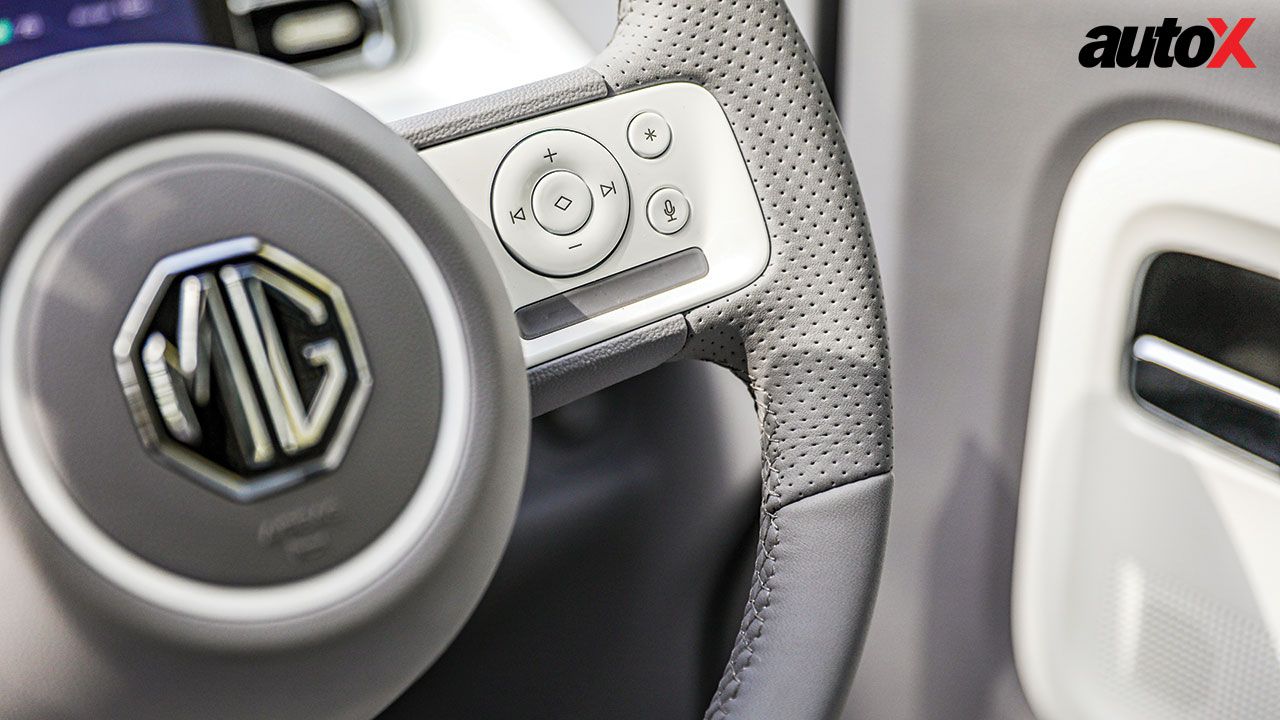
Now, to assess its drivability, I neither drove it on twisty roads nor did I take it off-road. Why? Well, because this EV is not meant to do either. So, to understand it better, I drove it only in the city in everyday driving conditions, and the car behaved exactly what you’d expect – it’s a purely utilitarian tool to make your everyday commute easier and cost-effective. It is not the quickest car, given its 41bhp motor, which does the job well on city roads, where cars that are three or four times more powerful move at similar speeds.
But since it’s an EV, the moment you put your foot down, you get an instant response and strong roll-on acceleration, which gives you a feeling of driving a powerful car.
Also Read: MG Comet vs Tata Tiago EV: Price, Range, Features & More
Now, I found the car’s suspension setup to be quite peculiar. It is a bit stiff, especially for Indian driving conditions. Over regular road undulations, the car feels fine, but the issue is that it doesn’t have a lot of suspension travel, which means that on bigger potholes and really bad roads, it can bottom out if you’re not careful. Overall, the performance does not stand out either in a good way or in a bad way, and I think that’s a good thing, given what the car is meant to do. Overall, it takes a bit of time to get used to, but once you do, it turns out to be a car that you can enjoy during your everyday commutes, thanks to its hassle-free driving experience and small dimensions. Plus, you can drive it with a clear conscience and the feeling that you are doing your bit for the environment.

MG Comet EV Review: Verdict
I would rate the Comet EV quite high. The reason is simple. Given what it is meant to be, i.e. a commuter car to be used strictly within the city, it is perfect and makes more sense than cars that are twice or thrice as expensive. Plus, its running cost will be a lot lesser too, given that it’s an EV. If MG’s claims are anything to go by, the running cost of the Comet EV will be less than an average cost of a pizza! However, I would take that claim with a pinch of salt.
So, will this Comet wipe out the ‘dinosaurs’ that crowd our city roads? Or will the tag of driving India’s cheapest electric car be something that people don’t want to associate with? The answer is not that simple, and for the most part, we will have to wait and see, but perhaps a car as radical and fresh as the Comet EV could shake up the ecosystem.
Motor: permanent magnet synchronous, Single
Battery: Lithium-ion,17.3 kWh
Transmission: Single-Speed / Front-Wheel Drive
Power: 41bhp
Torque: 110Nm
Charging: 0 to 100% - 3.3 kw - 7 hours
Range: 230km (Claimed as per ARAI testing)
Price: ₹7.78 Lakh – 9.98 Lakh (Introductory)
X-Factor: A great electric option for city use as a second or third car
|
Pros • Modern Interior • Feature-Loaded |
Cons |


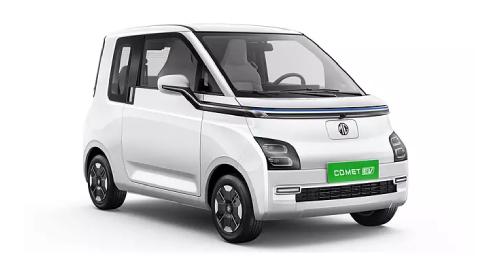

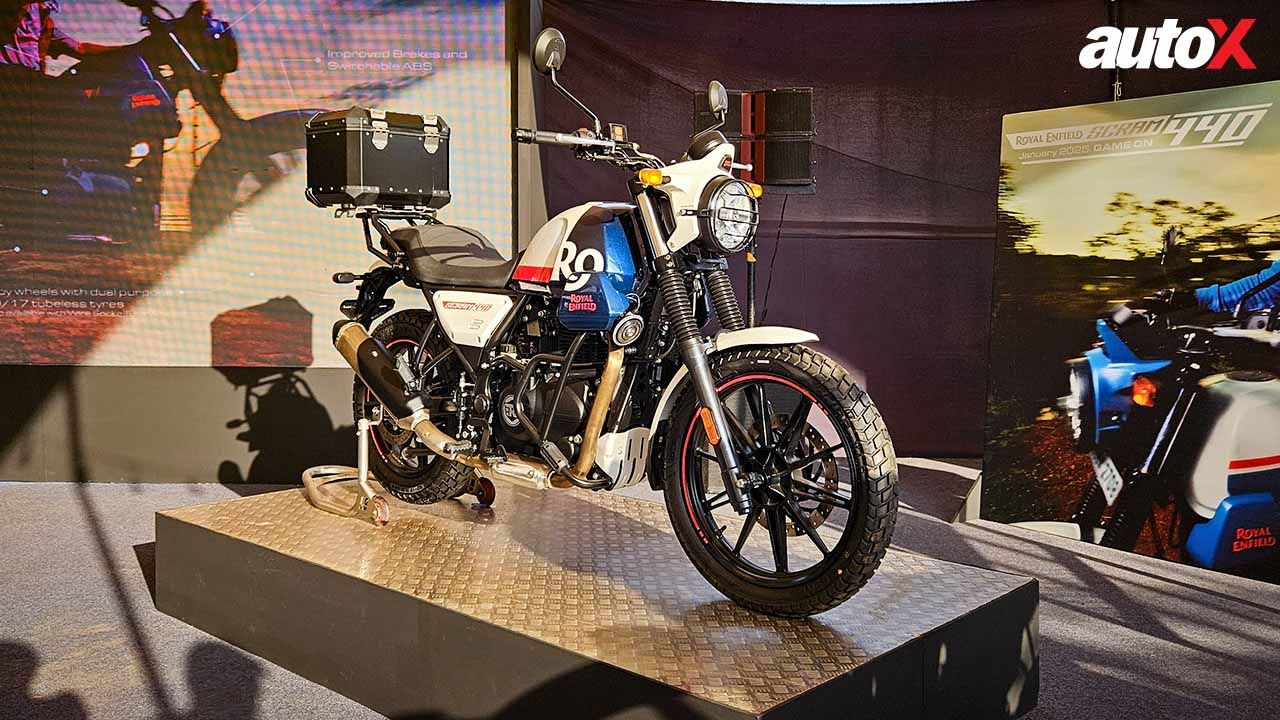

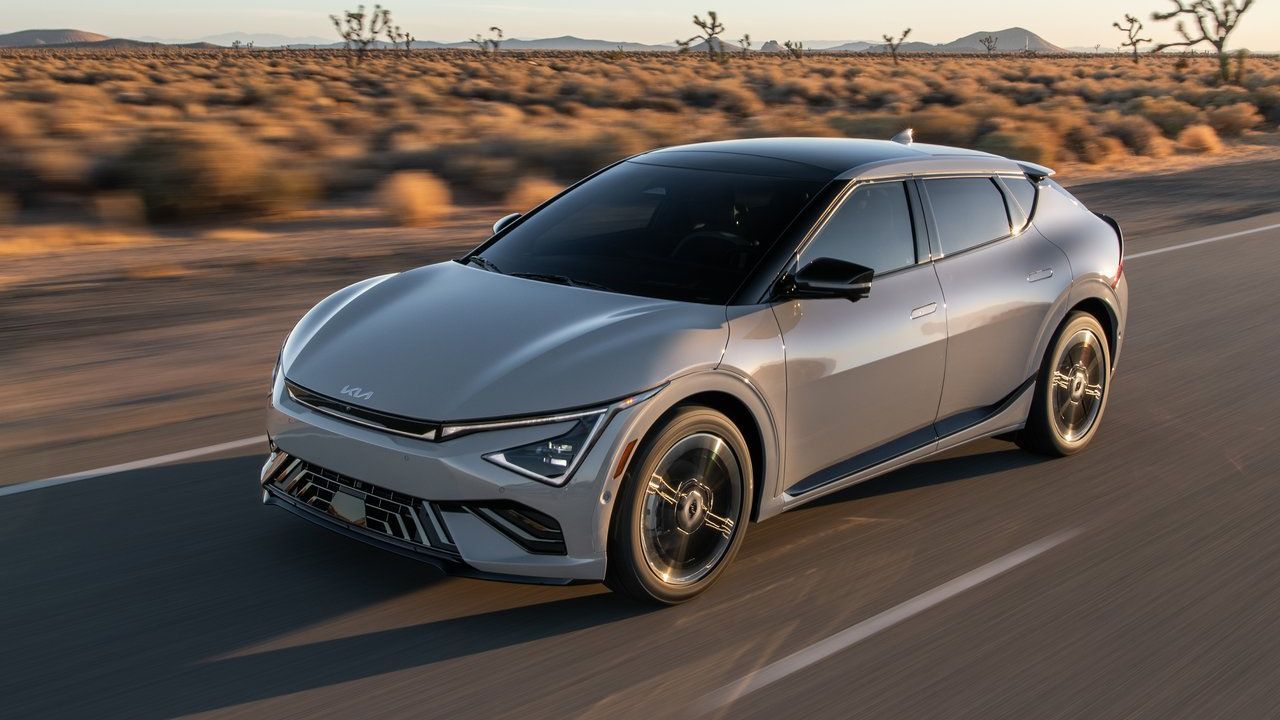
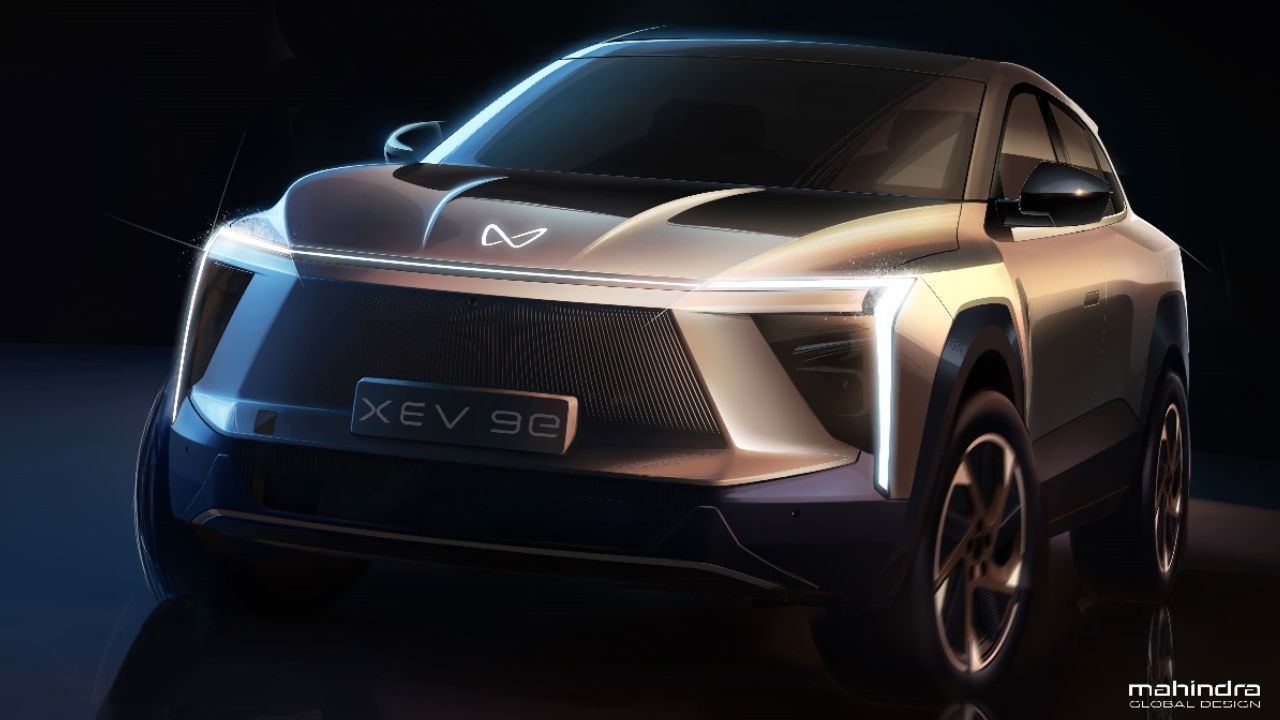
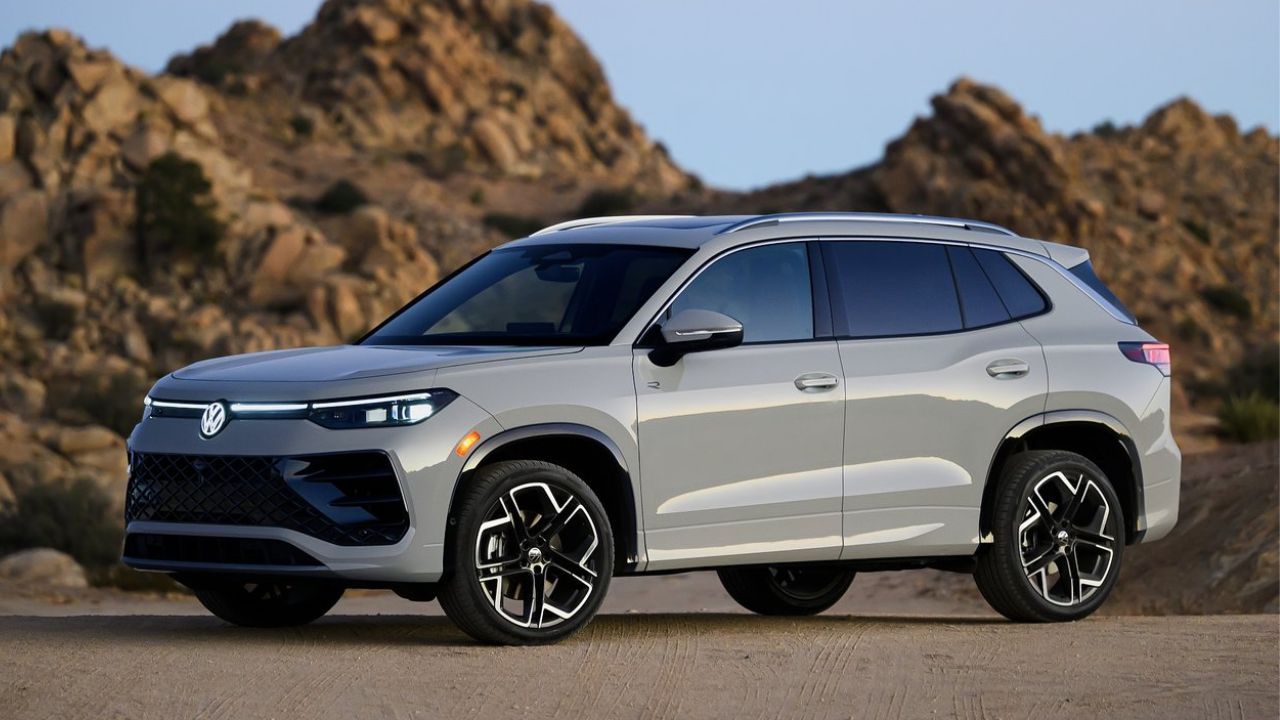
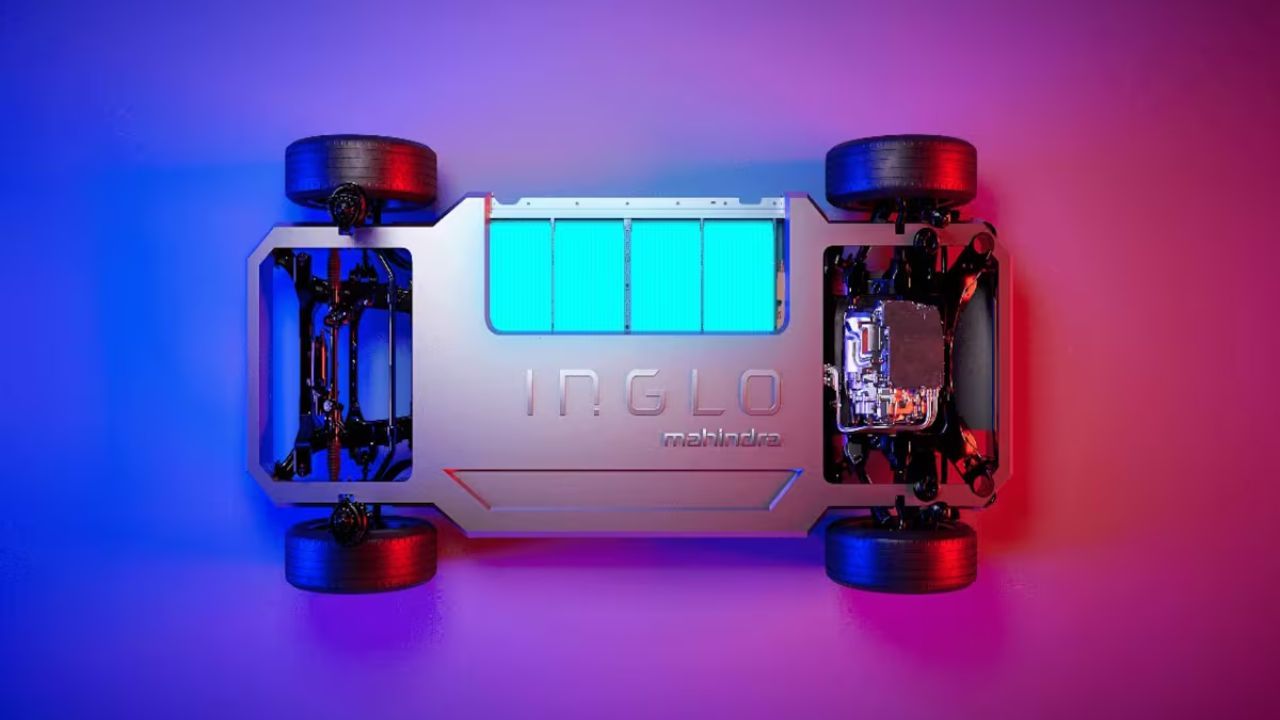
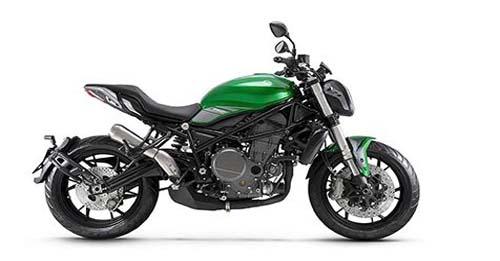
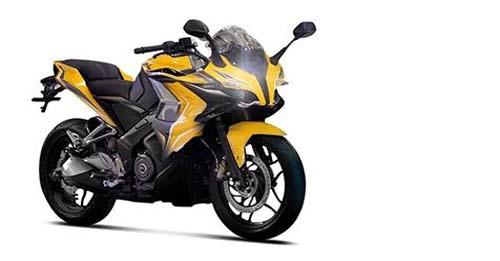
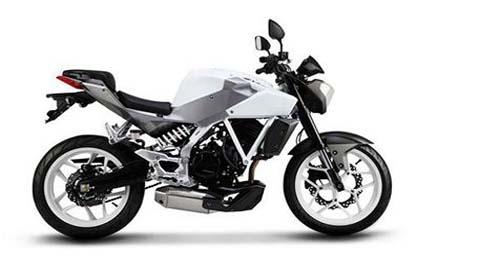
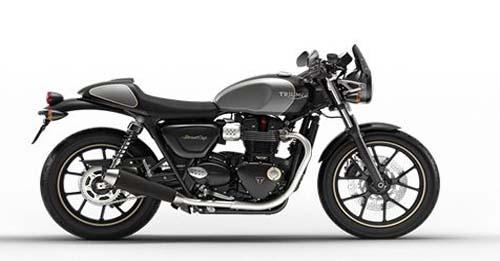
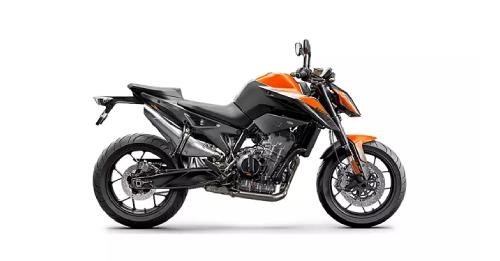









Write your Comment on